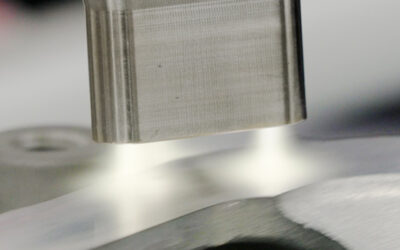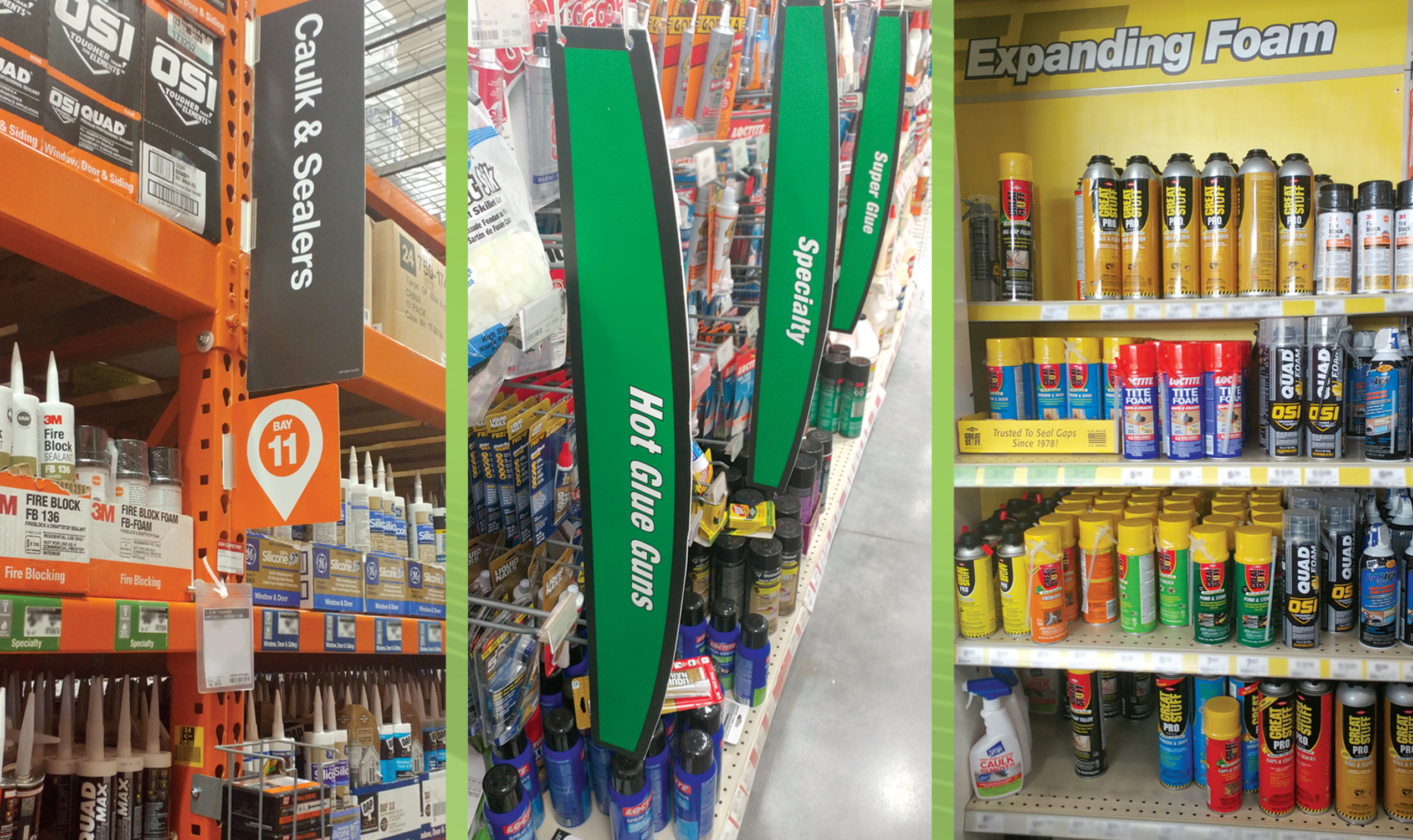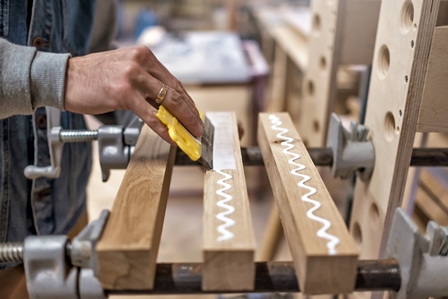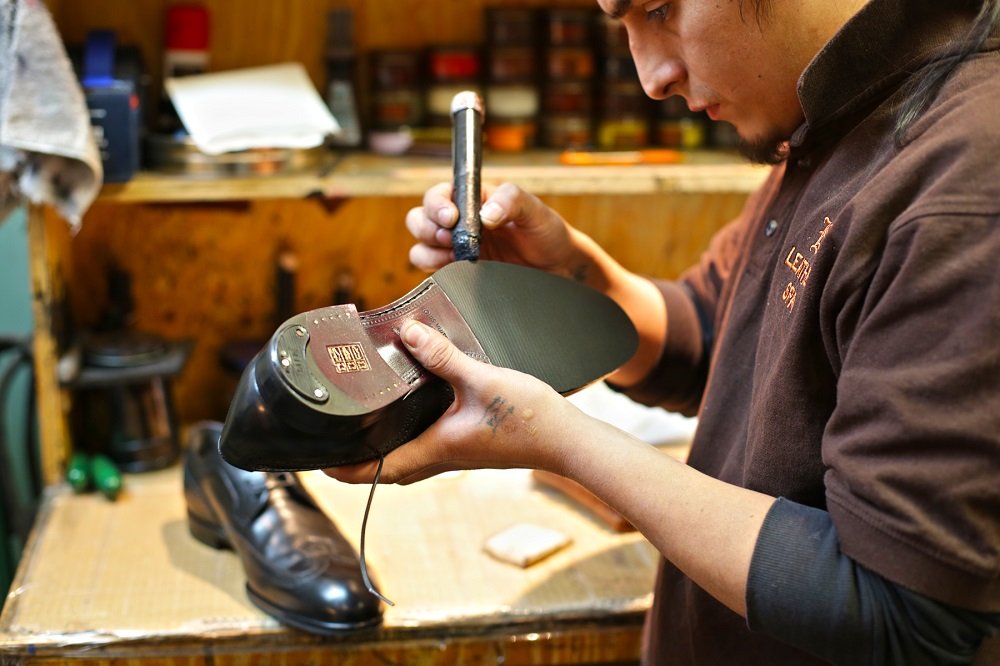Paperboard & Packaging Market
Explore the basics of the market plus articles, videos, webinars, selection guides, white papers, manufacturers and more…
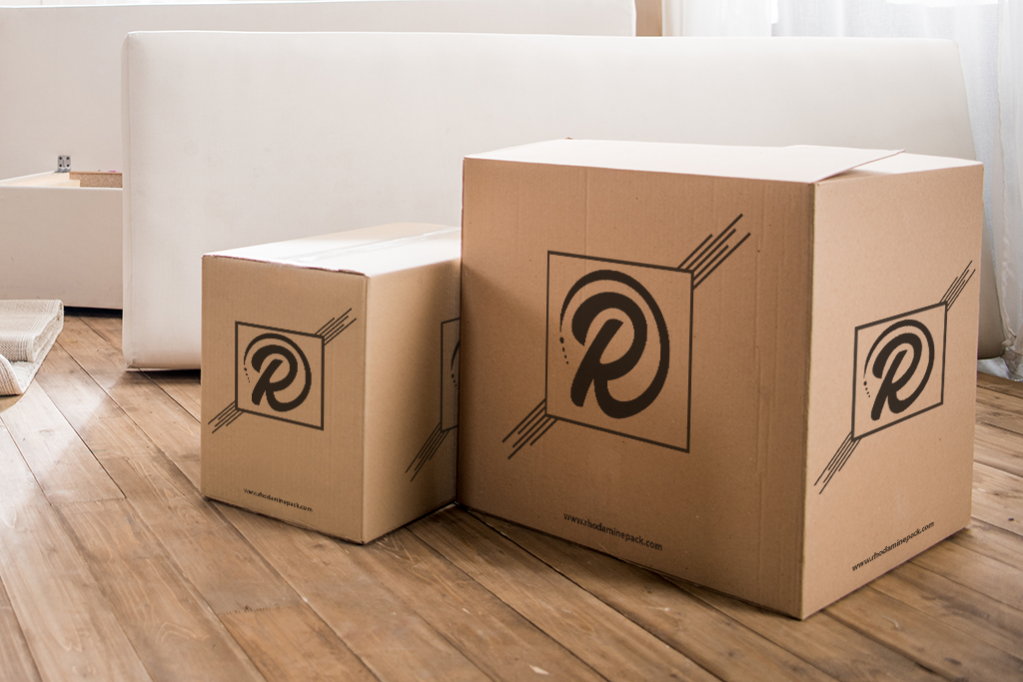
How adhesives are used in the paperboard & packaging market...
Adhesives are used in a wide variety of paper bonding applications ranging from corrugated box construction and the lamination of printed sheets to packaging material used for all types of consumers products to the production of large industrial tubes and cores used by manufacturers of role goods and other materials. They can also be found in the products used by consumers everyday such as bathroom tissue, paper towels, and books.
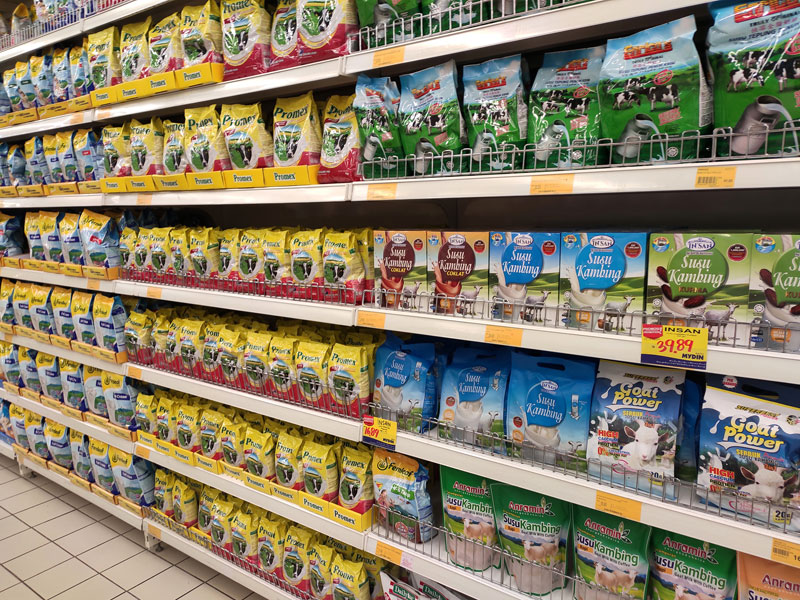
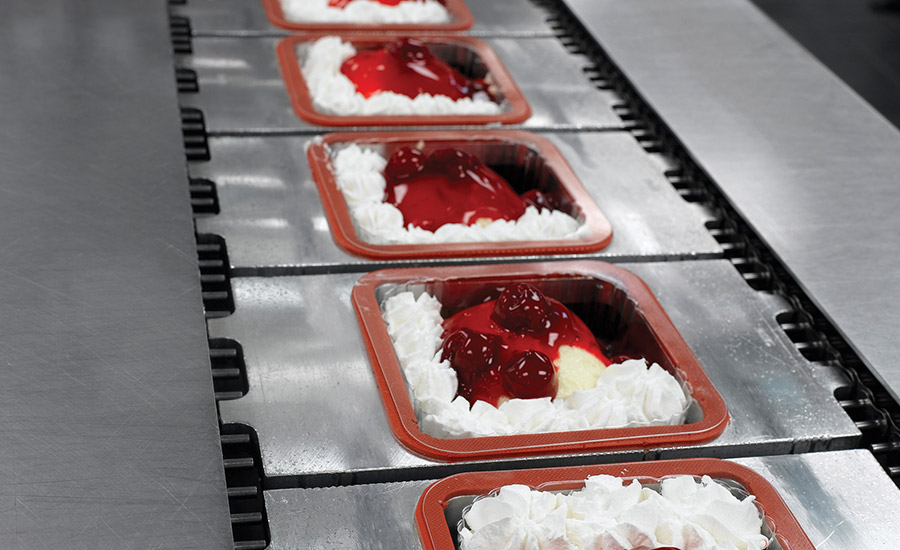
Packaging Applications
An extremely high proportion of all products are sold in packaging – either due to stability requirements for storage and transport or for aesthetic reasons. Although normal envelopes and paper bags consist of just a single layer of material, most packaging materials used today are in fact different materials laminated together.
By laminating cardboard with paper, in particular high gloss paper, it is possible to put product information on the cardboard and give the product a commercially alluring appearance. Adhesives based on starch, dextrin and glutin, and also polyvinyl acetate dispersions, are used for this purpose. Important requirements on overprinted packaging materials, in particular the various types of packaging materials used for foods, are their strength, stability to heat and impermeability to moisture, oxygen and aromas. These properties along with desired appearance can usually only be obtained by combining different materials.
Laminated films can be manufactured from polyester (PETP, PBTP), polyamides, polyethylene, polypropylene, cellophane, paper, polyvinyl chloride, polyvinylidene fluoride, polyimides, aluminium and a few other materials. Metallic foils are also often used. Solvent-containing adhesives based on polyurethane are used for laminating films; the most recent developments in this area however involve solvent-free systems, so-called high-solid products and adhesives based on aqueous polyurethane dispersions. For application using automatic packaging machinery, high requirements are put on the constancy of the adhesive properties, especially with regards to its viscosity stability. Dispersion adhesives and hotmelts are used to seal packaging (e.g. folding cartons, packets).
Packaging applications include...
- Bags
- Carton Side Seam & Closures
- Cigarettes and Filters
- Composite Containers and Tubes
- Corrugated Board
- Cups
- Disposables (Non-wovens)
- Envelopes
- Film and Foil Laminates
- Flexible Packaging
- Labels/Signs/Decals
- Remoistenable Products
- Specialty Packaging
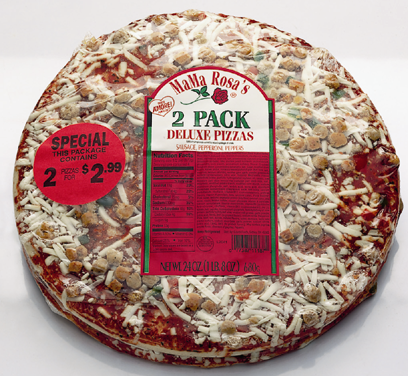


Packaged Frozen Foods
It has a long shelf life but is still fresh and on the table within minutes: frozen food is a permanent fixture on the menus in most homes nowadays. Whether it is pizza, fries, summer vegetables or ice-cream – steady temperatures below zero are used to conserve a boundless cornucopia of food. Only adhesives make frozen food possible. They provide a reliable seal for the packaging and ensure that the low temperatures in the freezer remain constant and that energy costs are minimized.
No packaging without adhesive? Can this really be true?
A glance at food packaging clearly says not likely. The range of application is enormous — from aroma impermeable soup packets to frozen gourmet sushi, from sealed cheese slices to air- and watertight dairy products. Just take a walk through your local supermarket – you’ll find yourself in a paradise held together by adhesive. The result: the modern systems of distribution, self-service, ready-meals and frozen foods are unimaginable without adhesives to produce impermeable packaging materials such as laminating foil or to hermetically seal packaging (e.g., packets of coffee). The smallest amounts of laminating adhesive (approx. 1 to 3 g/m²) are added to laminating foils at rates of up to 1640 ft/min. Adhesives that are resistant to high and low temperatures allow packaging to be made for frozen and microwavable foods. Of course it goes without saying that adhesives used to make packaging for food conform to all of the strict regulations governing food production.
Invisible, tasteless and odorless – adhesives hold the very fabric of our supermarkets together and even play their part in our culinary paradise at home. Where would a kitchen be without a fridge or freezer? Luckily adhesives ensure that the cold stays where it belongs and reliably protects ice cubes and other frozen foods. How is a fridge sealed? Inside there is a particularly cold-resistant layer of thermoplastic synthetic material, so called HIPS (High Impact Polystyrene). Equally resistant to cold is the adjacent thick, insulating layer of polyurethane (PU) rigid foam, used to fill the housing and door cavities. The PU-mix is injected using special machines, and reacts inside to form polyurethane rigid foam. The secret of polyurethane rigid foam lies in the network of polymers with a predominantly closed cell structure. Each cell has a sealed cell membrane which causes the movement of gas within the material to be greatly delayed – to put it simply, the cold stays in the fridge.
Foaming agents are used to create this cell structure. CFCs used to be used until it was discovered that they were a great contributor to global warming. Nowadays fridges and freezers are CFC-free. Instead, cyclopentane and carbon dioxide are used; even the addition of water can help the cells to form.
The fact that it is possible for you to carry your fridge into your new home when moving – or at most with one helper – is due to a second property of polyurethane. Thanks to a low density, it is very light. As it is also impervious to mold and rotting, and not on the menu of pests, this means that your fridge, made of polyurethane rigid foam, stays hygienic.
Looking to Source an Adhesive or Sealant for Your Application?
Try the Adhesive & Sealant Council's online Buyer's Marketplace.
This directory tool serves as a quick and efficient way for end users and industry manufacturers to find the right adhesive or sealant solution and the right partner for their application needs. Users can narrow their directory search by market segment, technology, raw materials, equipment or service needs. Try it now.
The Latest News & Innovations In The Paperboard & Packaging Market...
New Sustainable, Retort-ready, Solvent-free Adhesive for Packaging
New Sustainable, Retort-ready, Solvent-free Adhesive for Packaging A new solvent-free, aliphatic adhesive system is available tailored for...
Scotch Brand Celebrates 100 Years of Masking Tape and 600 Other Adhesives, Sealants and Fillers
Scotch Brand Celebrates 100 Years of Masking Tape and 600 Other Adhesives, Sealants and Fillers This year marks the 100th anniversary of 3M's...
New Blown-ion Plasma Treater for Adhesives Bonded Surfaces Prep
New Blown-ion Plasma Treater for Adhesives Bonded Surfaces Prep Enercon Industries Corporation released its newest innovation, the Blown-ion™ 250....
Can Packaging Using Pressure Sensitive Adhesive Labels Power Circularity?
Can Packaging Using Pressure Sensitive Adhesive Labels Power Circularity? A new white paper from Avery Dennison Corp., “Pressure-sensitive labels...
Adhesives Supply Expanding in the Middle East and North Africa with New RAKEZ Plant
Adhesives Supply Expanding in the Middle East and North Africa With New RAKEZ Plant A new Adhesives Plant in RAKEZ (Ras Al Khaimah Economic Zone) in...
New Water-based Adhesive for Wearable Medical Devices
New Water-based Adhesive for Wearable Medical Devices At Texas A&M's Department of Mechanical Engineering, researchers discovered a novel use...





